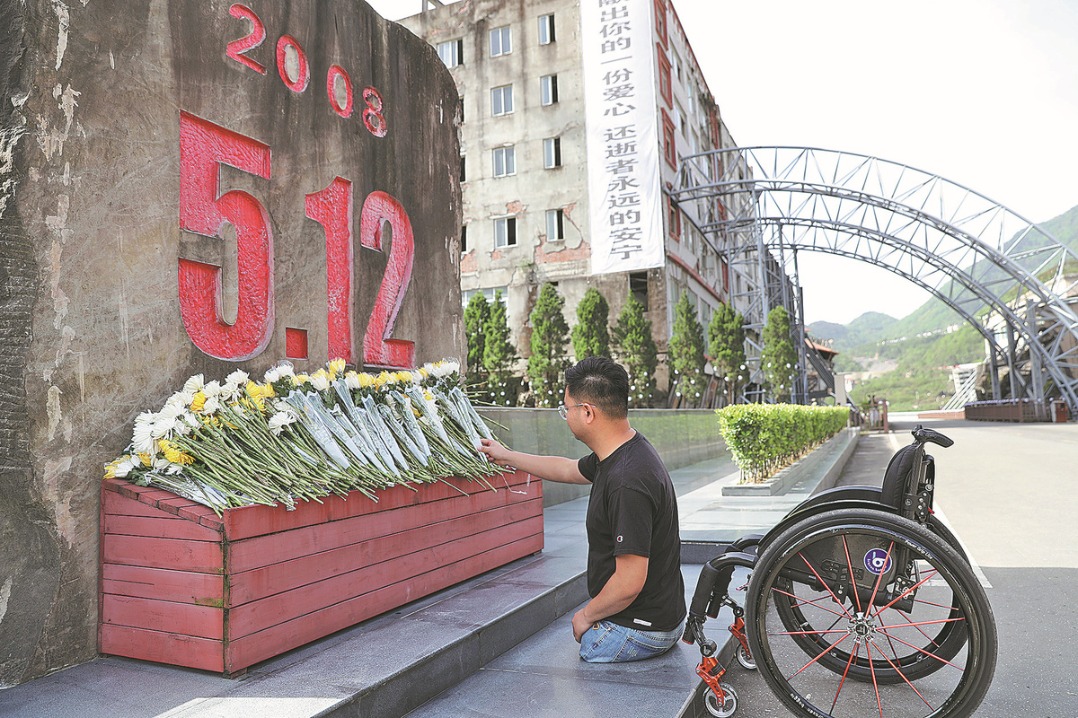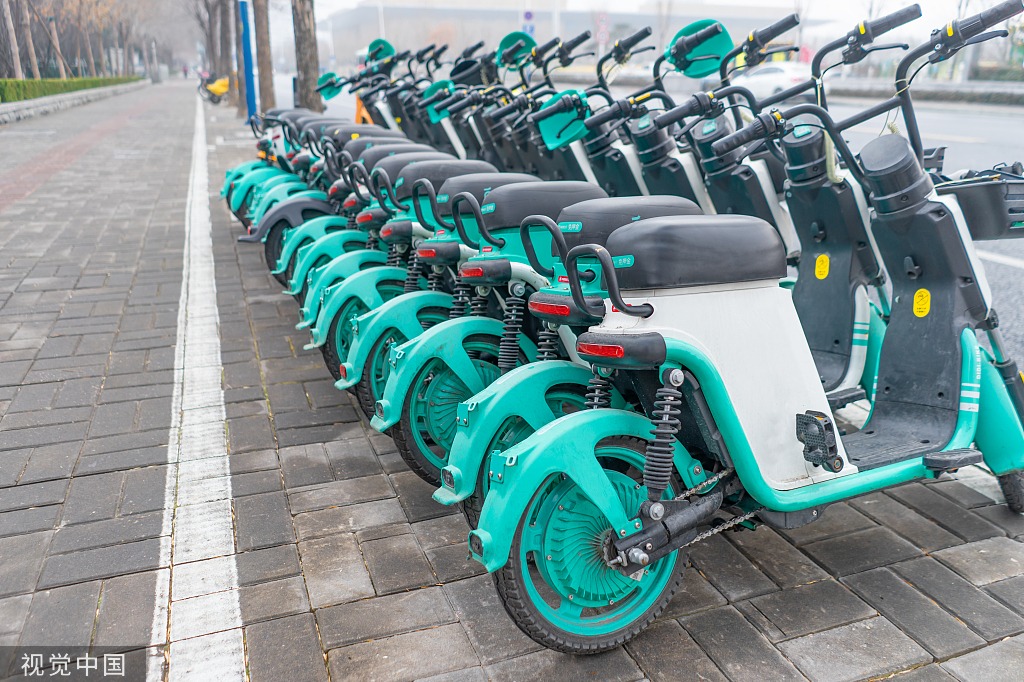Integration, cooperation can bring prosperity
By Ou Ei Sun | China Daily Global | Updated: 2019-07-23 09:47

China's proposal to build a 21st Century Maritime Silk Road immediately received worldwide attention in 2013. It followed the country's proposal a month before to develop a Silk Road Economic Belt stretching from China through Central Asia to Europe. The two development plans came to be known as the Belt and Road Initiative.
Two years later, at the end of 2015, the ASEAN Economic Community was launched, marking the most ambitious common project involving the 10 member states of the Association of Southeast Asian Nations. The AEC sees member states working to eliminate tariffs among themselves and to further develop the region.
ASEAN started as a security-oriented grouping of nations, but has since evolved to focus more on economic cooperation.
To maximize the potential of both China and Southeast Asia, there is much room for the BRI and the ASEAN Economic Community to integrate and benefit from each other's strengths.
Integration between the two initiatives could start with three main themes: improving connectivity, upgrading commercial links and cooperating in education and science.
First of all, the vigorous developments of a functioning modern Maritime Silk Road (or indeed the whole BRI) must be accompanied by an efficient transportation and communication system.
Through high-speed rail, China proposes to link the major cities along its southern borders with cities on the Indochina Peninsula, all the way down to Singapore. Southeast Asian countries along the way are quite receptive to the rail linkage concept, since China can take the lead in the transfer of technological knowhow and favorable financing packages.
Moreover, the South China Sea straddles key shipping routes, with many of the world's seaborne goods and energy resources traversing it.
In the shipping sector, geographical and operational knowledge of shipping routes is of paramount importance. For example, the usually strictly enforced cabotage, or coastal trade, policies in many countries in the greater South China Sea region often distort shipping logistics, not to mention constrict the trading potential of strategically located regional hubs.
These and other similarly harmful and self-defeating shipping policies should be mutually abolished in favor of more inclusive shipping practices that benefit each other's true growth prospects. Economies within and surrounding the greater South China Sea region must improve port infrastructure and management so that goods can be traded more efficiently.
In terms of commercial links today, exports of agricultural goods to China are major trading items between China and Southeast Asia, and after refining, they become vital to China's food supply. Nevertheless, the local economic benefits of such simple exports of raw materials can be further improved.
China's food processing industry is quite well developed. Therefore, as long as it makes economic sense, China could consider transferring parts of the processing stages and techniques to places of origin in Southeast Asia. This could not only create local jobs but also raise both the quantity and quality of the products.
In terms of education and science, one must realize that when dealing with different countries along the modern Silk Roads, a deep understanding of their cultures, languages and customs is indispensable.
Universities and colleges in China and Southeast Asia must emphasize the teaching and learning of regional languages, such as Malay, Arabic and Indian. Institutes and think tanks should be set up to conduct research on the policy, economic and social issues of the region.
In addition, China and Southeast Asia could open up more channels for their young people to study and work in each other's schools and enterprises, which could not only improve human resources but also enhance friendships between both sides. In addition, individual Chinese universities could set up branch campuses in Southeast Asia, as Xiamen University is doing in Malaysia.
Many of us in Southeast Asia earnestly hope that China's young entrepreneurs and intellectuals could come and share with us their experience of success, so that all of us may join hands in realizing a dream of harmony and prosperity not only for China but for the region and the world as well.
Southeast Asia welcomes China to continue its substantial cooperation with the region, so that together we can build a community of common destiny for all.
The author is a senior fellow at the Singapore Institute of International Affairs. The views do not necessarily reflect those of China Daily.
























